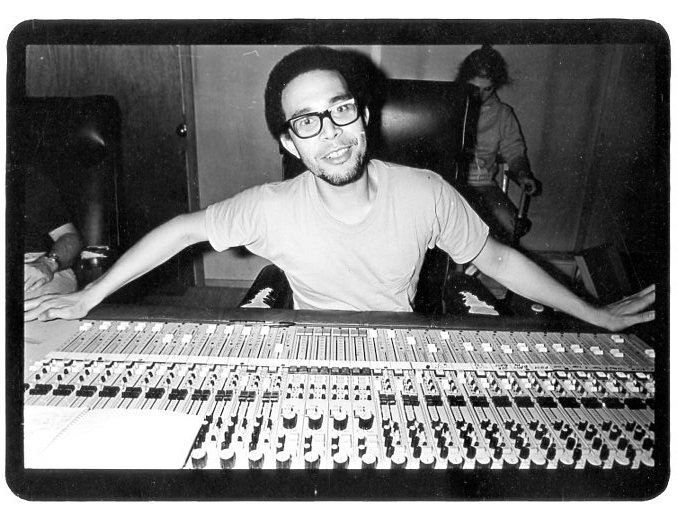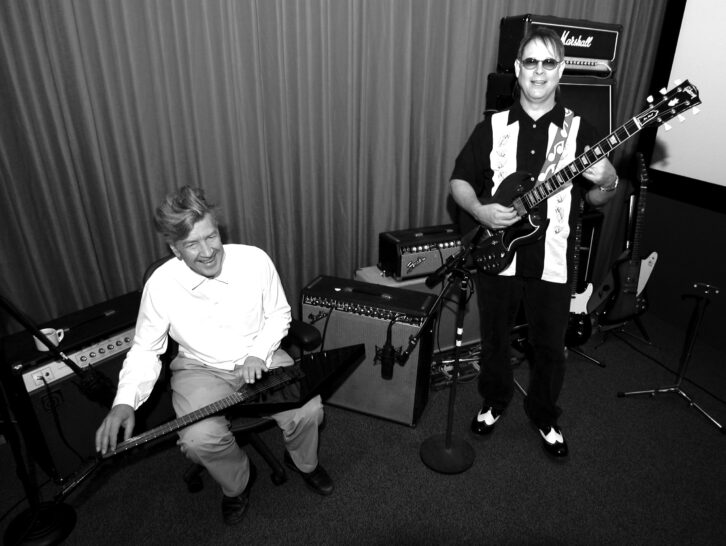
Sheboygan, WI (March 6, 2023)—Glenn “SPOT” Lockett, who helmed most of the most-influential records popping out of California’s early punk scene, died March 4, 2023 in Sheboygan, Wisconsin. Diagnosed with fibrosis in 2021, Locket was awaiting a lung transplant when he suffered a stroke three months in the past from which he by no means correctly recovered. A documentarian of the nascent Nineteen Eighties Los Angeles punk world by way of his pictures and music manufacturing work, Lockett was answerable for capturing a number of the earliest efforts by now-revered acts like Black Flag, Hüsker Dü, Misfits, Subhumans, Redd Kross, Meat Puppets, Minutemen and others. He was 71.
Lockett was born July 1, 1951 in Los Angeles, the son of Claybourne Lockett, a former fighter pilot with the Tuskegee Airmen in World War II. Initially raised in Hollywood, the youthful Lockett realized guitar at age 12, and developed a ardour for jazz and improvisational music that led to his as soon as auditioning for Captain Beefheart. Moving to Hermosa Beach within the mid-Nineteen Seventies, Lockett thrust himself into the realm’s thriving arts scene, capturing all of it along with his music, digicam lens and, quickly, recording tape, as he took up engineering after serving to construct a facility, Media Art Recording Studio on Pier Avenue.
Crane Song Founder / Designer Dave Hill, Dead at 68
Steve Mackey, Alternative Rock Producer/Bassist, Dead at 56
While discovering his approach round a studio, Lockett started utilizing the pseudonym SPΘT—stylized in all-caps with a dot within the middle of the “O”—when he wrote freelance jazz document opinions for native weekly newspaper Easy Reader. Nonetheless, he primarily labored as a waiter in a vegetarian restaurant and it was there that he met fellow musician Greg Ginn. The two musicians usually jammed, and Lockett briefly performed bass in Ginn’s band, Panic, which might in the end evolve into Black Flag. When Ginn determined to start out his personal document label, SST Records, it was solely a matter of time earlier than Lockett turned deeply concerned as its in-house producer/engineer.
In the years that adopted, SPOT might frequently be discovered within the credit of the label’s releases as he recorded, combined and produced or co-produced most SST acts between 1980 and 1985. As a consequence, he had a hand in a number of the seminal punk releases of the period, together with Descendents’ debut album, 1982’s Milo Goes To College; Hüsker Dü’s acclaimed 1984 assortment, Zen Arcade; the primary three Meat Puppets albums; the primary two albums and an EP by Saint Vitus; and a half-dozen Black Flag releases, amongst others.
Most of these acts have been recorded at Hermosa Beach’s then-fledgling Total Access Recording Studios, nonetheless owned and operated at this time by producer/engineer Wyn Davis. Former Hüsker Dü frontman Bob Mould recalled the period in a Tweet memorializing SPOT, noting, “From 1982 to 1984, Hüsker Dü recorded 4 initiatives with SPOT. We labored at Total Access in Redondo Beach, CA, largely throughout the discounted in a single day hours. SPOT all the time inspired free expression and experimentation, at the same time as these recordings have been made as expeditiously as potential.” He added, “SPOT was an exquisite soul who cherished making music, documenting the scene, and unconditionally supporting all of the initiatives that bear his title. Thank you, SPOT. You gave a lot to all of us.”
While initially intently related to SST, SPOT produced, engineered and/or dealt with technical duties on numerous releases on by way of the 2000s for different labels, together with Touch And Go, Rykodisc, New Alliance, Homestead, Taang! and PVC, notably co-producing 1983’s Earth A.D./Wolfs Blood, the final Misfits album to function co-founder Glenn Danzig, which was launched on the singer’s personal Plan 9 label. Ultimately, SPOT would go on to supply greater than 100 records.
Fed up with Los Angeles, SPOT moved to Austin, Texas within the mid-Nineteen Eighties, the place he launched quite a few his personal solo, lo-fi experimental recordings through the years, earlier than ultimately transferring to Sheboygan, the place he printed a pictures assortment, Sounds of Two Eyes Opening—Southern California Life: Skate/Beach/Punk 1969-1982 (2014), amassing his work documenting the Los Angeles subscultures he ran in.
Former SST co-owner Joe Carducci introduced SPOT’s passing on Facebook, praising the producer’s recording type that he felt utilized “the primacy of dwell jazz taking part in into recording bands towards prevailing makes an attempt to melt or industrialize a back-to-basics arts motion in sound.” He added that SPOT had been writing a novel in recent times, Decline and Fall of Alternative Civilization, adapting a 10-hour on-line audio drama he had produced and narrated in 2016.










